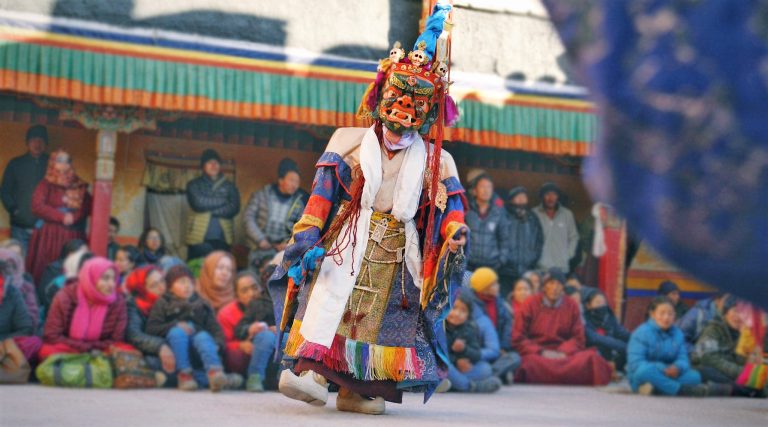Ladakh offers some of the world’s most dramatic trekking routes—from Martian landscapes and frozen rivers to glacial lakes tucked between 6000m peaks. But this isn’t weekend hiking. Treks here demand altitude readiness, gear planning, and local awareness. This guide unpacks what to expect, how to prepare, and how to trek responsibly.
| Trek Type | Duration | Altitude Range | Difficulty |
|---|---|---|---|
| Day Hikes (Leh-based) | 1 day | 3,500m–4,000m | Easy |
| Short Treks | 3–5 days | 3,800m–4,900m | Moderate |
| High-Altitude Treks | 6–12+ days | 4,500m–5,400m+ | Challenging |
| Winter Treks (e.g., Chadar) | 7–9 days | Sub-zero, frozen terrain | Extreme/Dangerous |
Tip: Avoid overestimating your fitness. Start with low-elevation walks for acclimatization.

Minimum 48 hours in Leh before starting any trek above 3,800m.
AMS (Acute Mountain Sickness) can hit anyone—hydration and rest are key.
Avoid alcohol, heavy food, or sudden ascents in the first 2 days.

| Gear | Description |
|---|---|
High-ankle trekking shoes | Waterproof, broken-in |
| Layered clothing | Quick-dry base, fleece mid, insulated outer |
| Windproof jacket | Crucial for high passes |
| UV sunglasses + sunscreen | Intense radiation at altitude |
| Sleeping bag (min -10°C) | Nights are cold, even in summer |
| Trekking poles | Helpful for river crossings & descents |
| Dry fruits, energy bars | Fuel between sparse meals |
| Headlamp & batteries | Night navigation or power outages |
| Water purifier/filter | Streams may contain sediments |
| Trash bag | Carry your own waste |

Guided treks are strongly recommended for multi-day or offbeat routes. They ensure permits, local insight, and emergency backup.
Solo trekking is possible on popular routes but risky in case of injury or altitude sickness.
Check with ALTOA (All Ladakh Tour Operators Association) or local certified guides.

Inner Line Permits are needed for areas near Pangong, Nubra, Tso Moriri, Hanle, etc.
Obtainable online via leh.nic.in or through travel agents in Leh.
Treks like Markha, Sham, and Nubra Valley routes often require these permits.
Tip: To Apply ILP online Visit the official LAHDC Permit website. or you can also download Leh Tourist Management app from Google Play Store.
You can also apply for ILP Permits offline by visiting the Deputy Commissioner’s Office in Leh.

Start early (noon sun is harsh, and weather turns fast in evenings).
Never rush descents—injuries most often occur going down.
Avoid drinking stream water without treatment.
Cross rivers in early morning—glacial melt increases water levels post-noon.
In winter, avoid snow-covered passes without an experienced local guide.

| Season | Conditions | Treks Open |
|---|---|---|
May–June |
Warming up, pre-monsoon |
Markha, Sham |
| July–Sept | Peak season, best weather | All routes |
| Cold, dry, fewer crowds | Lower altitude |
| Dec–Feb | Extreme cold, snow | Only winter treks (e.g., Chadar) |


Most trails have zero network. Carry a satellite phone or GPS beacon if going remote.
Keep a basic first-aid kit with high-altitude meds, bandages, and antiseptics.
In Leh, contact ALTOA or the Mountaineering Institute for registered guides or rescue info.

Trekking in Ladakh isn’t just about reaching high passes or distant villages—it’s about tuning into silence, testing your limits, and witnessing nature without filters. Prepare well. Respect deeply. Leave lightly.